SGS Weather is the biggest Solution provider in the area of Solar Radiation Resource monitoring and research studies. With more than 135 online installed operational systems throughout the country, we thrive to provide the best solution to Solar harnessing project stake holder, research institutes and under bodies under India’s Jawaharlal Solar Mission.
The major challenge to harness the solar energy is first to know the exact location where maximum solar energy potential
exists with necessary logistics without disturbing the eco system. We have large arid and semi- arid areas which is not used for any productive purpose. Most
of them have large solar energy potential and can be used as life line to our economic development. However it is necessary to evaluate exact solar potential
to ascertain the type of technology required and its economic viability. Before setting a solar power plant of any type (PV or CSP), it is essential to conduct
thorough assessment of solar energy potential at the site. This information is the beginning of the technology process for setting up any solar power plant.
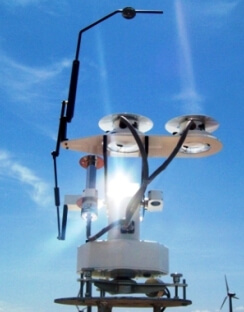
The major challenge to harness the solar energy is first to know the exact location where maximum solar energy potential
exists with necessary logistics without disturbing the eco system. We have large arid and semi- arid areas which is not used for any productive purpose. Most
of them have large solar energy potential and can be used as life line to our economic development. However it is necessary to evaluate exact solar potential
to ascertain the type of technology required and its economic viability. Before setting a solar power plant of any type (PV or CSP), it is essential to conduct
thorough assessment of solar energy potential at the site. This information is the beginning of the technology process for setting up any solar power plant.
We provide complete solution for Solar Radiation Resource Monitoring Stations.




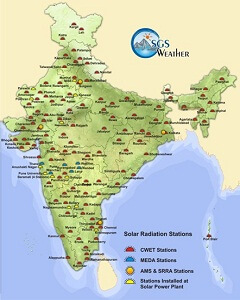
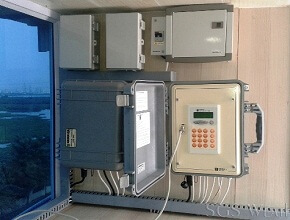
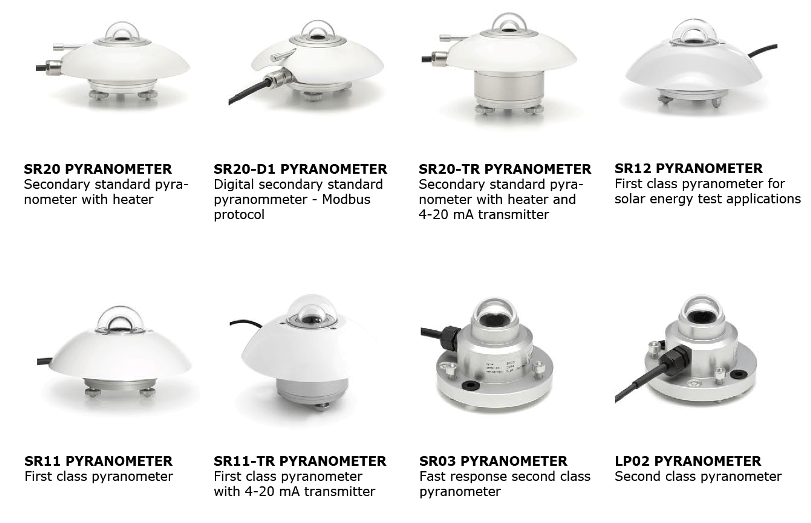
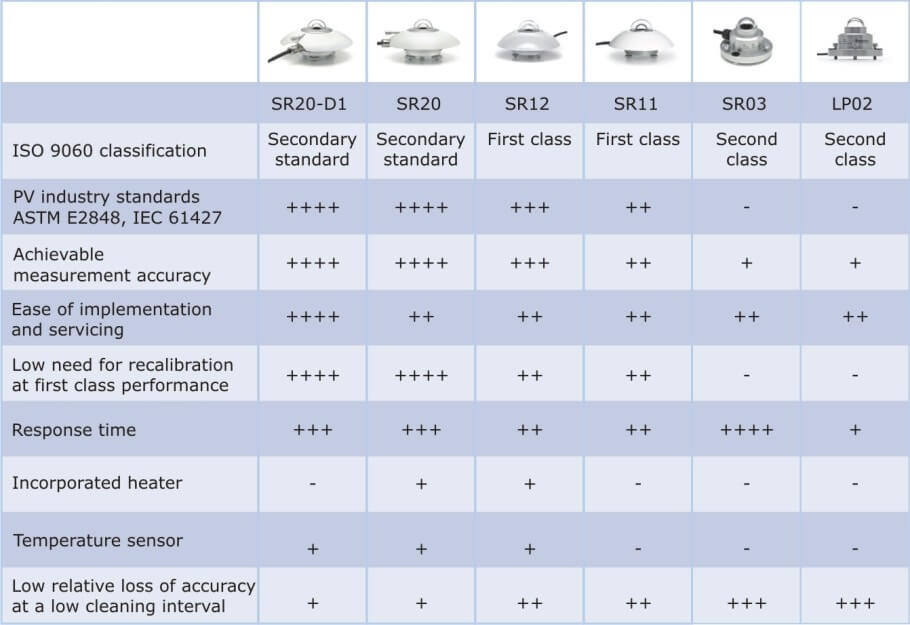
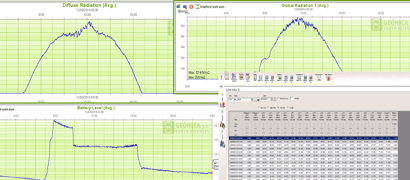
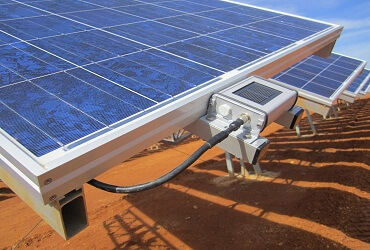
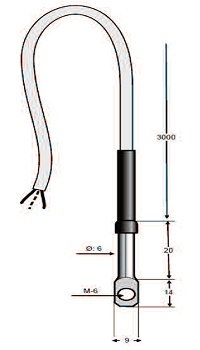
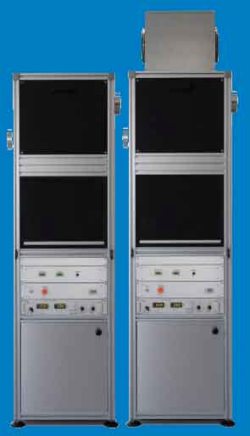 The Calibration process is controlled via a
dedicated user interface on PC. Data storage,
including data backup, and quality assurance of
the measurement (lamp stability and
homogenity) are taken care of by the control
unit. The procedure involves an unshaded and a
shaded measurement. The transition is done
using an automated shutter. The System is fully
automatic and the only manual operation is the
also to identify new groups of users that would need to have an understanding of the system. The training gap is assessed by a comparison between the goals
and tasks undertaken by the individuals and the existing training. There is a wide variety of training media that we use, ranging from traditional lecture-based
teaching to sophisticated simulators. We also make movies for project installation & maintenance and the results to visual training has been the most successful.
The Calibration process is controlled via a
dedicated user interface on PC. Data storage,
including data backup, and quality assurance of
the measurement (lamp stability and
homogenity) are taken care of by the control
unit. The procedure involves an unshaded and a
shaded measurement. The transition is done
using an automated shutter. The System is fully
automatic and the only manual operation is the
also to identify new groups of users that would need to have an understanding of the system. The training gap is assessed by a comparison between the goals
and tasks undertaken by the individuals and the existing training. There is a wide variety of training media that we use, ranging from traditional lecture-based
teaching to sophisticated simulators. We also make movies for project installation & maintenance and the results to visual training has been the most successful.
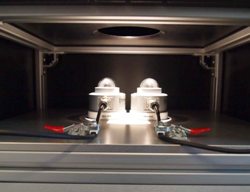 The sensitivity Sr in V/(W/m²) of the
The sensitivity Sr in V/(W/m²) of the 